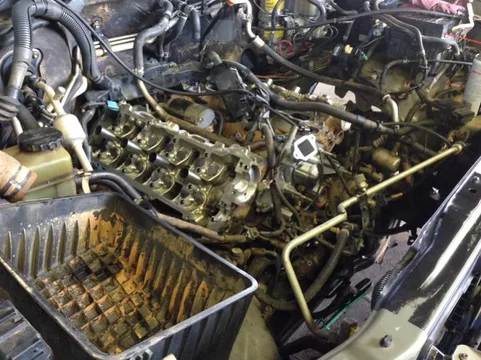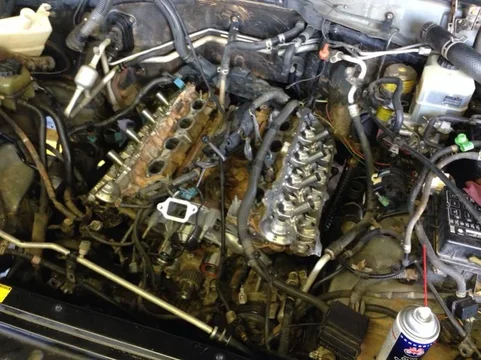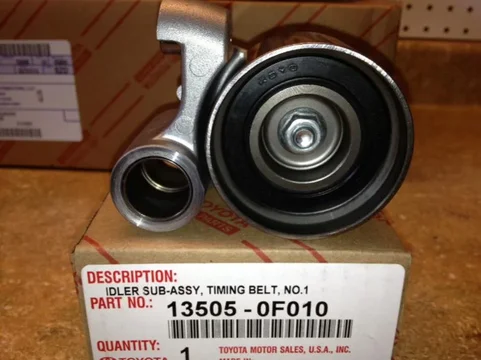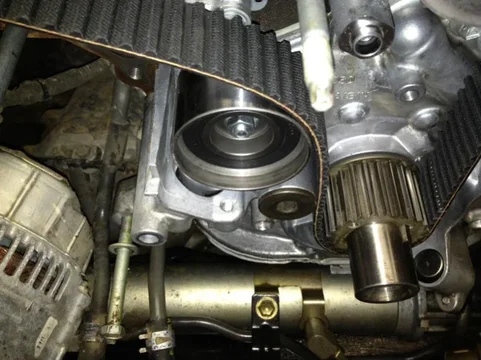re_guderian
SILVER Star
You know what? I love the fact that our trucks are 6 - 15 years old, and we're still trying to figure that out for sure...  sure beats the alternative of hundreds if us learning the hard way that it's an interference engine. And I'm not saying it isn't, just celebrating the fact that we don't have a lot of data either way...
sure beats the alternative of hundreds if us learning the hard way that it's an interference engine. And I'm not saying it isn't, just celebrating the fact that we don't have a lot of data either way...
 sure beats the alternative of hundreds if us learning the hard way that it's an interference engine. And I'm not saying it isn't, just celebrating the fact that we don't have a lot of data either way...
sure beats the alternative of hundreds if us learning the hard way that it's an interference engine. And I'm not saying it isn't, just celebrating the fact that we don't have a lot of data either way...







